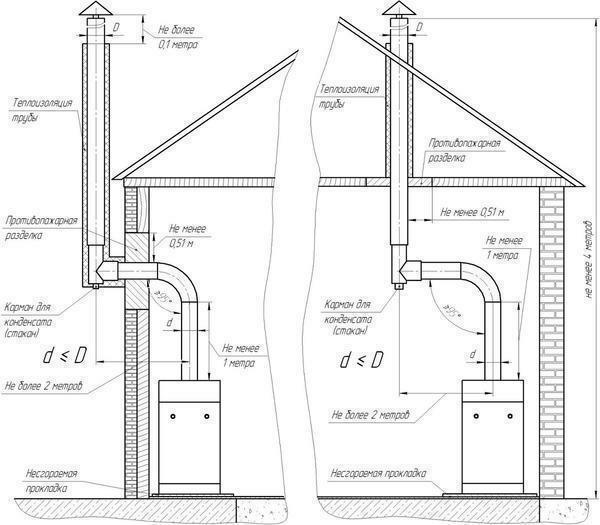What is liquefied gas.
First of all, it is natural gas, mainly methane or propane, possibly also a mixture of various gases. For liquefaction, the substance undergoes a process of cooling or squeezing, while its volume decreases by a factor of hundreds. The resulting gas is very unpretentious in storage and is fairly safe. For example, propane has a sufficiently high ignition temperature - about 5000, which significantly reduces the risk of fire.
A small amount of liquefied gas can be obtained at home. In this case, we are talking about methane, which stands out in the marshes. To do this, take a little bit of marsh land from the bottom and put in a jar, top it all with water. We close the lid tightly and put it in a warm room. After a while, bubbles appear on the surface of the water - this is methane. Unfortunately, in everyday life you can not use it because of its meager volume. 
Heating of houses and cottages with liquefied gas.
The field of application of liquefied gas is quite large, starting from refueling of lighters to industrial scale. In everyday life gas cylinders are widely used, in which propane is used.
The rapid rise in prices for utilities, forcing people to increasingly ask the question of finding alternative ways to heat their homes.
For this reason, the preference was given to heating with gas cylinders and convectors, which have significant advantages, namely:
- Fuel is environmentally friendly;
- The ability to independently set the temperature;
- Easy to maintain;
- Cost-effective.

Safety when storing gas cylinders.
In spite of the fact that liquefied gas is safe enough, it is necessary to comply with the safety requirements in order to avoid negative consequences:
- It is absolutely impossible to put the cylinders in the sun;
- Only those that have been tested for serviceability are allowed to use;
- There should be no mechanical damage on them;
- The temperature in the room should not exceed +45 degrees;
- Cylinders should be installed at a sufficient distance from the gas stove and batteries.

Consumption and cost of liquefied gas for heating the house.
It should immediately be noted that compared to natural gas from the central gas pipeline, the consumption of liquefied gas will be an order of magnitude higher. It is almost impossible to calculate exactly how much gas you will have in the heating season, this is explained by many factors, for example, what kind of winter will be frosty or warm this year. Of great importance is the area of the house, which will be heated.
For example, take a house with a total area of 100 m2.The volume of gas in the cylinder is approximately 40 liters( 1 liter - somewhere around 20 rubles), i.е.to refuel one cylinder will take 600 rubles.
Average power of 12-15 kW boiler consumes about 0.10 kg of gas / hour per 1 kW of heat, i.e.the flow rate will be about 1.5 kg / h. This power is enough to make the house warm. Let's say that the boiler will function 24 hours a day, with a gas flow of about 36 kg. By simple calculations we determine that the amount is quite decent, namely 1200 rubles.per day. 
How to reduce the cost of heating with liquefied gas?
If the area of the house is more than 200m2, then installing such heating is absolutely not cost-effective. In other cases this is possible, you just need to adhere to some recommendations:
- Try not to use the service of delivering gas cylinders to your house, but to refuel them yourself at gas stations. Thus, you can control the volume received;
- If the outside is not very cold, you can set a lower temperature on the boiler, which is significantly affected by the flow;
- If you are away all day and the weather permits, you can completely turn off the heating. A closed room will store heat until you return.


